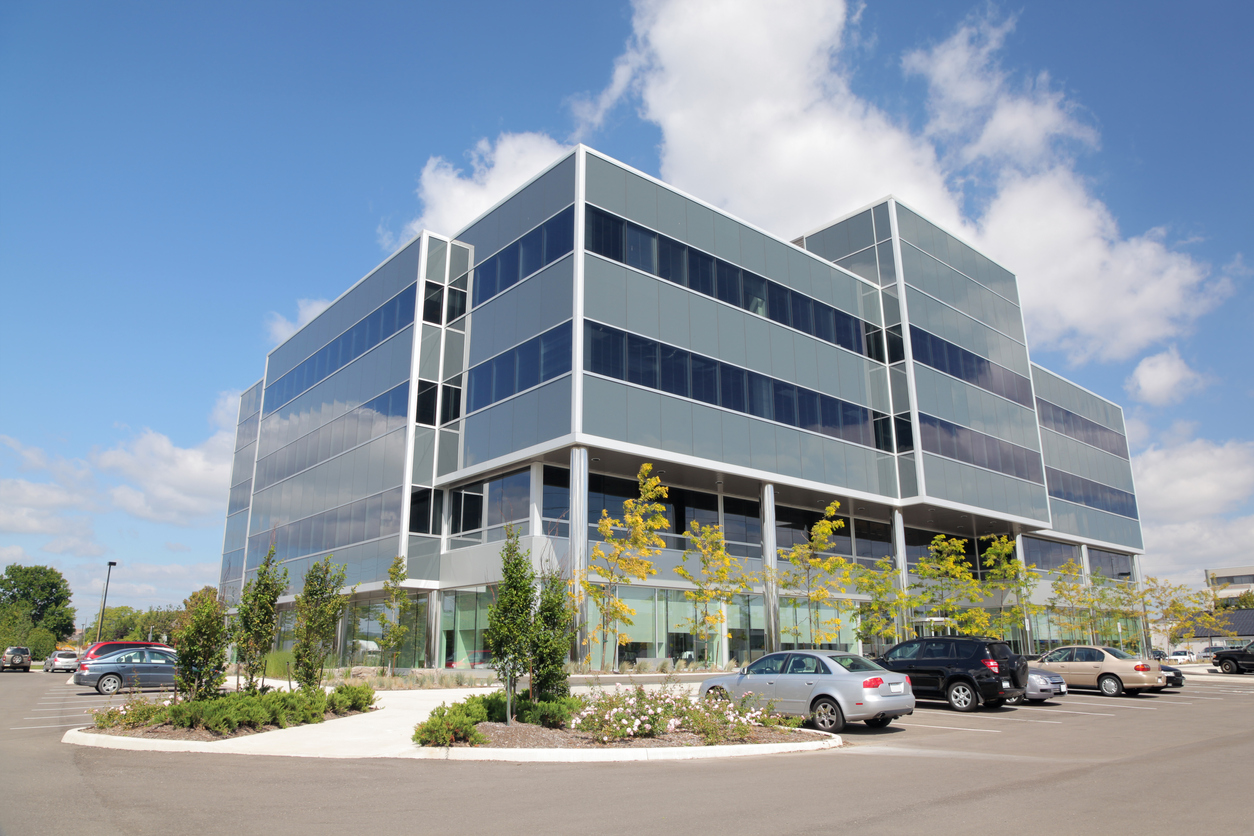Statistics show that parking lots have generated over $8,000 million in revenue in the last nine years.
This shows the increasing demand for parking spaces especially in urban areas with high traffic.
But, building parking lots to meet the high demand can be an expensive undertaking if not well-thought out. As such, it’s prudent to consider the factors affecting parking lot costs before investing your money in one.
Here are some of the main factors affecting the cost of building a parking lot:
1. Geography
The general topography of the area where the parking lot is to be constructed dictates the cost of the project. If the area is hilly, the cost of construction will be higher due to the high demand for equipment and labor required to level the parking lot space.
Also, certain soil conditions in an area can make the construction quite challenging, thus impact the cost. For instance, if the soil is sandy, contractors may have to add an extra layer of concrete to make the finished lot strong and firm.
2. Size of the Project
The amount spent on constructing a lot or even a commercial pavement is directly proportional to the size of the desired lot. The bigger the lot, the higher the cost of construction.
To avoid overspending, have a clear plan of the number of vehicles the lot should hold according to the demand for parking spaces in your area. There’s no need for having unused spaces in your lot.
3. Structural System
The structural system refers to the parking garage framing layout. Generally, there are two layouts used when constructing a lot: the short-span and the long-span.
Although short-spans tend to cost less, there’ll come with smaller spaces between stalls. Long-span, on the other hand, costs more but offer sizable square footage for larger vehicles.
4. Parking Grade
According to the ground level, you can have either your lot below or above grade. If the lot is constructed a couple of levels above the ground (above grade), it costs less since fewer materials are used. However, if the same size of the lot is constructed a few levels below the ground, its cost may skyrocket.
5. Number of Levels
The higher the number of levels constructed on your lot, the higher the cost of construction. Apart from the extra materials needed for more levels, the foundation will also need to be larger and stronger to hold the whole structure in place.
6. Improvements
Sometimes a contractor may need to add a few features to improve the functionality of a parking lot. For instance, there may be a need for additional drainage facilities to prevent water stagnation on the lot.
7. Aesthetics
An ideal parking lot should be properly painted with proper marking to allow easy visibility and smooth flow of the traffic. You may also want to make the space more attractive and secure to attract more customers. All these cost money.
8. Efficiency
The efficiency of a parking garage is the overall square footage of the parking stalls. The more the square foot per stall, the higher the cost of construction.
9. Market Conditions
Like any other business, parking lot construction is affected by the market waves. When the demand for the parking lot is high, the construction costs also spikes up. Similarly, when there’s an influx of paving contractors in the market, the construction cost is lower.
Don’t Let Parking Lot Costs of Construction Get in the Way
Whether you’re looking to redo your old parking lot or you’re constructing a new one, it’s important to strategize your approach in order to save money. Use the above tips to help you get reliable estimates of parking lot costs in your area.
To enhance its durability, be sure to check out these simple ways on how to maintain your parking lot.



